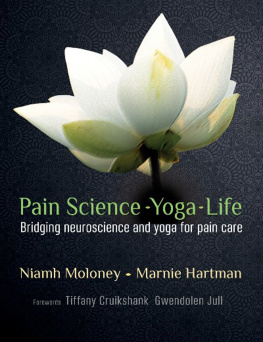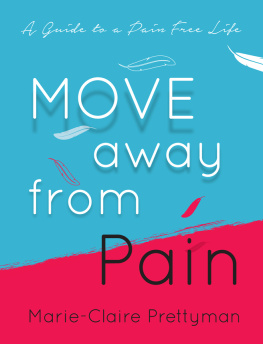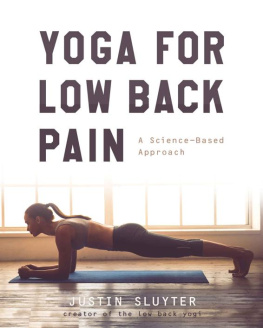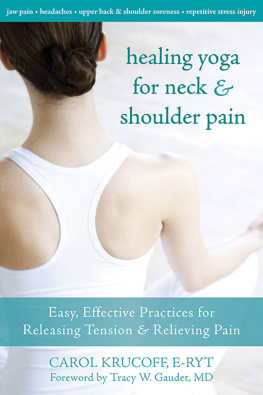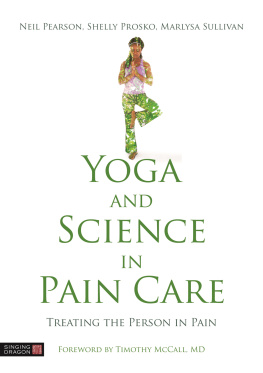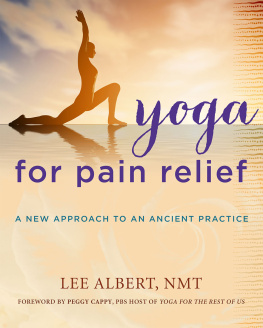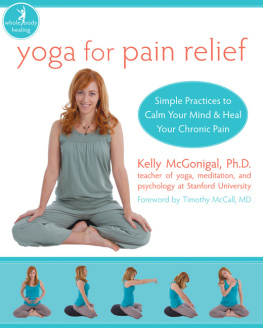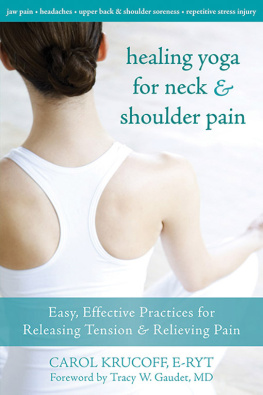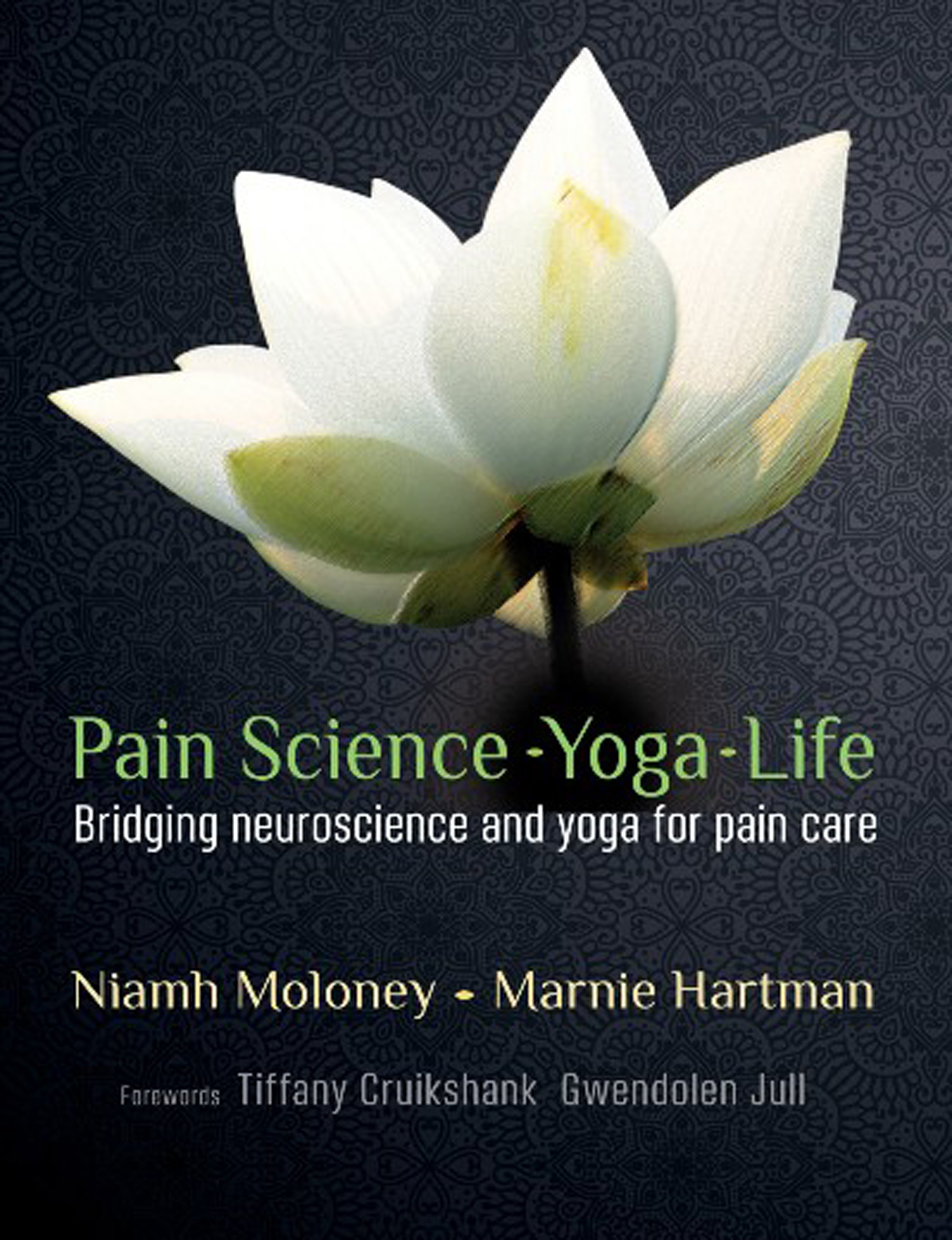Table of Contents
Guide

HANDSPRING PUBLISHING LIMITED
The Old Manse, Fountainhall,
Pencaitland, East Lothian
EH34 5EY, Scotland
Tel: +44 1875 341 859
Website: www.handspringpublishing.com
First published 2020 in the United Kingdom by Handspring Publishing
Copyright Handspring Publishing 2020
All rights reserved. No parts of this publication may be reproduced or transmitted in any form or by any means, electronic or mechanical, including photocopying, recording, or any information storage and retrieval system, without either the prior written permission of the publisher or a licence permitting restricted copying in the United Kingdom issued by the Copyright Licensing Agency Ltd, Saffron House, 610 Kirby Street, London EC1N 8TS.
The rights of Niamh Moloney and Marnie Hartman to be identified as the Authors of this text have been asserted in accordance with the Copyright, Designs and Patents Acts 1988.
ISBN 978-1-912085-58-3
ISBN (Kindle eBook) 978-1-912085-62-0
British Library Cataloguing in Publication Data
A catalogue record for this book is available from the British Library
Library of Congress Cataloguing in Publication Data
A catalog record for this book is available from the Library of Congress
Notice
Neither the Publisher nor the Authors assume any responsibility for any loss or injury and/or damage to persons or property arising out of or relating to any use of the material contained in this book. It is the responsibility of the treating practitioner, relying on independent expertise and knowledge of the patient, to determine the best treatment and method of application for the patient.
All reasonable efforts have been made to obtain copyright clearance for illustrations in the book for which the authors or publishers do not own the rights. If you believe that one of your illustrations has been used without such clearance please contact the publishers and we will ensure that appropriate credit is given in the next reprint.
Commissioning Editor Sarena Wolfaard
Project Manager Morven Dean
Copy Editor Susan Stuart
Designer Bruce Hogarth
Indexer Aptara, India
Typesetter DSM Soft, India
Printer Melita, Malta
The
Publishers
policy is to use
paper manufactured
from sustainable forests
|
CONTENTS
To all who have crossed the bridge from pain and suffering back to life. Your resilience has taught us that moving beyond pain is possible. You have inspired us to develop deeper roots for teaching and facilitating others to embark on this journey.
Pain is one of the most common reasons why people go to the doctor and turn to the practice of yoga. Especially important in a time when opioid addiction has reached into every community in the world, yoga offers us a precious drug-free alternative or adjunct that does more than just relieve pain. Yoga helps us build strength and mobility while also triggering innate biochemical mechanisms that can heal, soothe and break the pain feedback loop to strengthen our physical, mental and emotional resilience.
I have known Marnie for many years: first as a student, now as a trusted peer and colleague in the Yoga Medicine community. All of us in this community feel it is our privilege to be part of our clients care team. Thus, as teachers, when we engage in pain care, we must take seriously our responsibility to understand pain and to connect with people suffering from persistent pain. We must do this using science and research alongside the traditional yoga practices and simple themes of connection, loving kindness and acceptance. In Pain Science Yoga Life, Marnie and Niamh offer a powerful guide to holding both spaces at the same time, to give us the confidence that the results we see on the mat are also being demonstrated and supported in the current medical literature.
In the past several years, traditional practices that have been in existence for millennia have started to be validated by emerging research in neuroscience and neuroplasticity: how the nervous system continues to change its function to adapt to our circumstances throughout our lifespan. Research is now starting to support what we in the yoga world have always believed, on a bone-deep level: yoga is medicine.
What the science has given us is a great deal of detailed information and data about how the nervous system responds to yoga, thus offering us deep insights into the specific individual practices that can influence our pain. It has moved us from solely considering tissue health and pathology, to embracing and protecting structures, to a place where we appreciate broader factors that influence how our nervous system functions. In the last couple of decades, mainstream healthcare has increasingly been supporting and embracing the importance of lifestyle, positive psychology, emotional wellbeing, accurate and balanced information and perspectives on pain all factors deeply embedded in yoga philosophy and practice.
In Pain Science Yoga Life, Marnie and Niamh fuse together this cutting-edge research on the science of pain and explore the practices that can be utilized in pain care. The structure of the book is unique in that Marnie and Niamh provide the direct connection between the medical research and its exploration on the mat, closing the loop and bringing the science back to daily life. Pain Science Yoga Life offers readers a strong, easy-to-grasp understanding of dense medical literature, seated in a keen awareness that both knowledge and compassion are important qualities in a caregiver working with people in pain. They recognize that knowledge, yoga and clinical pain care, used together or separately, are not supposed to stop at the mat or the clinic door. Marnie and Niamh eloquently guide us in combining all modalities together to help our clients build resilience and to move beyond pain, both on the mat and in their lives.
As caregivers we are always driven and guided by the Hippocratic Oath: first do no harm. In the delivery of any healthcare or teaching, even though our intentions may be sound, we all have the capacity to heal but also to harm. Yoga teaching is no different. Recognizing some of the areas where we might inadvertently contribute to pain, Pain Science Yoga Life provides guidance on how to watch out for these pitfalls, taking care in the use of our words and practices, as well as working within our scope of practice, so that we mindfully craft care that will not only do no harm but also help guide the healing process.
Ultimately, Marnie and Niamh help us to recognize that working with our patients deepens our own practice. We learn to see pain as part of our life experience and our humanness. Seeing pain from this perspective helps us realize that pain is not a problem to fix, escape from or get rid of pain is a portal into our own inner lives, a lens through which we can grow our self-compassion, a way of connecting to the suffering inherent in all life, and an opportunity to grow. In Pain Science Yoga Life, Marnie and Niamh help us to tap into this deep inner well, to better help ourselves and our clients change our relationship with pain, thus altering our pain experiences, for life.
Tiffany Cruikshank LAc, MAOM, E-RYT
Founder of Yoga Medicine
May 2020
Followers of the WHO Global Burden of Disease study are well aware of the personal and societal burden of chronic musculoskeletal pain disorders. Many people with chronic pain seek assistance to try to alleviate or manage their pain, to improve their quality of life. Assistance is sought from a variety of practitioners and considerable time and money is often invested in this venture. Thus interventions need to be accountable in terms of their evidence base and effectiveness.
Next page
